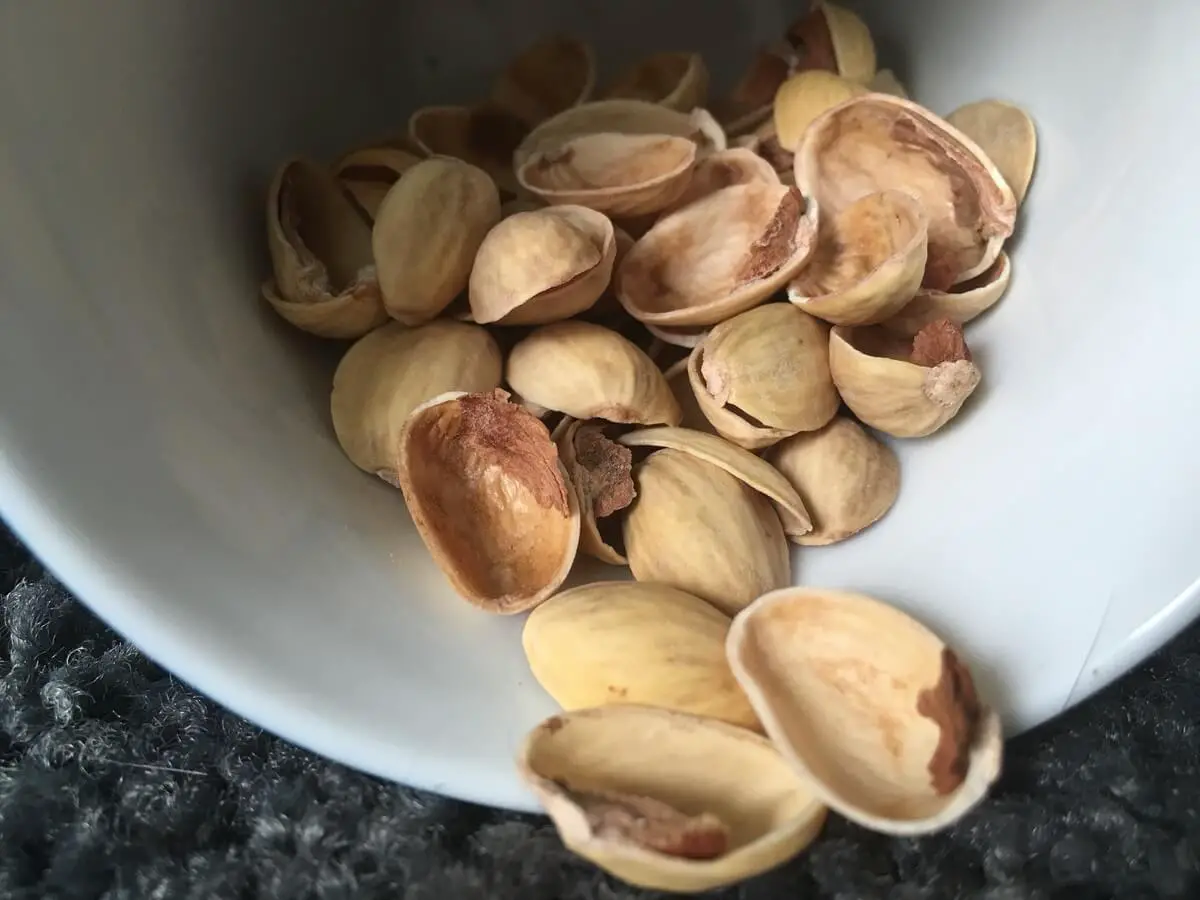You can add pistachio shells to your compost. Pistachio shells are considered brown material; therefore, an excellent carbon-rich source for your compost. Pistachio shells also repel particular plant-eating insects and improve your plant's immunity against diseases.
Pistachio shells will give texture to your compost, improve water retention, and enrich your soil with minerals once they’ve decomposed.
Table of Contents
Are Pistachio Shells Good For Soil?
Since they’re plant byproducts, pistachio nut shells are a good source of organic matter for your garden soil. In addition, the shells improve the soil structure and aeration, enabling the plant roots to penetrate the soil easily.
Pistachio shells are good bulking agents. So if your soil is clamped up due to excess water, adding pistachio shells will fix the problem.
If that’s not enough, pistachios are also biodegradable and over time, they’ll add essential minerals and nutrients to your soil.
Pistachio shells can be used in houseplants and outdoor plants to prevent waterlogging. An inch or two of a layer of pistachio shells at the base of your potting container will collect water, preventing the roots from rotting due to excess moisture.
Finally, pistachio shells make good mulching material for soil. Mulching helps keep the soil moisturized and suppresses weeds.
How Long Do Pistachio Shells Take To Decompose?
Pistachio shells take up to 3 to decompose in a compost bin. The long decomposing duration is the primary reason why most people prefer not to have nutshells in their compost bin.
However, if you find pistachio shells still decomposing and want to use the compost, you can go ahead; the shells will continue to decompose without altering the soil’s structure.
An effective way to speed up the shells‘ decomposition process is to crush them into pieces and soak them in water for a few hours before adding the shells to your compost bin.
While whole pistachio shells take about 2-3 years to decompose fully, crushed pistachio shells will take 8-12 months.
Composting Pistachio Shells in 4 Easy Steps
Step 1.
Mix the crushed pistachio shells with other brown materials. Then, place a small amount at the base of your composting bin.
Step 2.
Place a layer of green material on top of the brown material.
The green and brown materials should alternate in layers from the bottom up until the bin is full. The thickness can vary depending on the size of your compost pile.
The guiding standard is a ratio of 4:1 brown to green materials.
Step 3.
Take the pitchfork and thoroughly mix the layers. Since pistachio shells absorb water, sprinkle the compost with water to keep it moisturized. Don’t overwater the bin.
Step 4.
Place the bin in a well-drained place with enough sunlight. Regularly turn the compost to avoid anaerobic decomposition.
Anaerobic conditions occur when your compost lacks adequate air. You can tell when your compost needs turning once it starts to smell.
What Else Can You Do With Empty Pistachio Shells?
There are myriads of ways of using pistachio shells:
- You can use them as organic mulch for your garden bed or flower beds
- You can use pistachio shells as fillers and decorations for potted plants
- They’re good fuel for wood stoves
- You can use salted pistachio shells as a snail repellant
- Pistachio shells help make a garden and potted plants less appealing to pests such as squirrels and chipmunks
- Using pistachio shells to line the bottom of potted plants will prevent them from waterlogging
- Pistachio shells are excellent when used to make DIY jewelry; think of pistachio shell necklaces and bracelets

